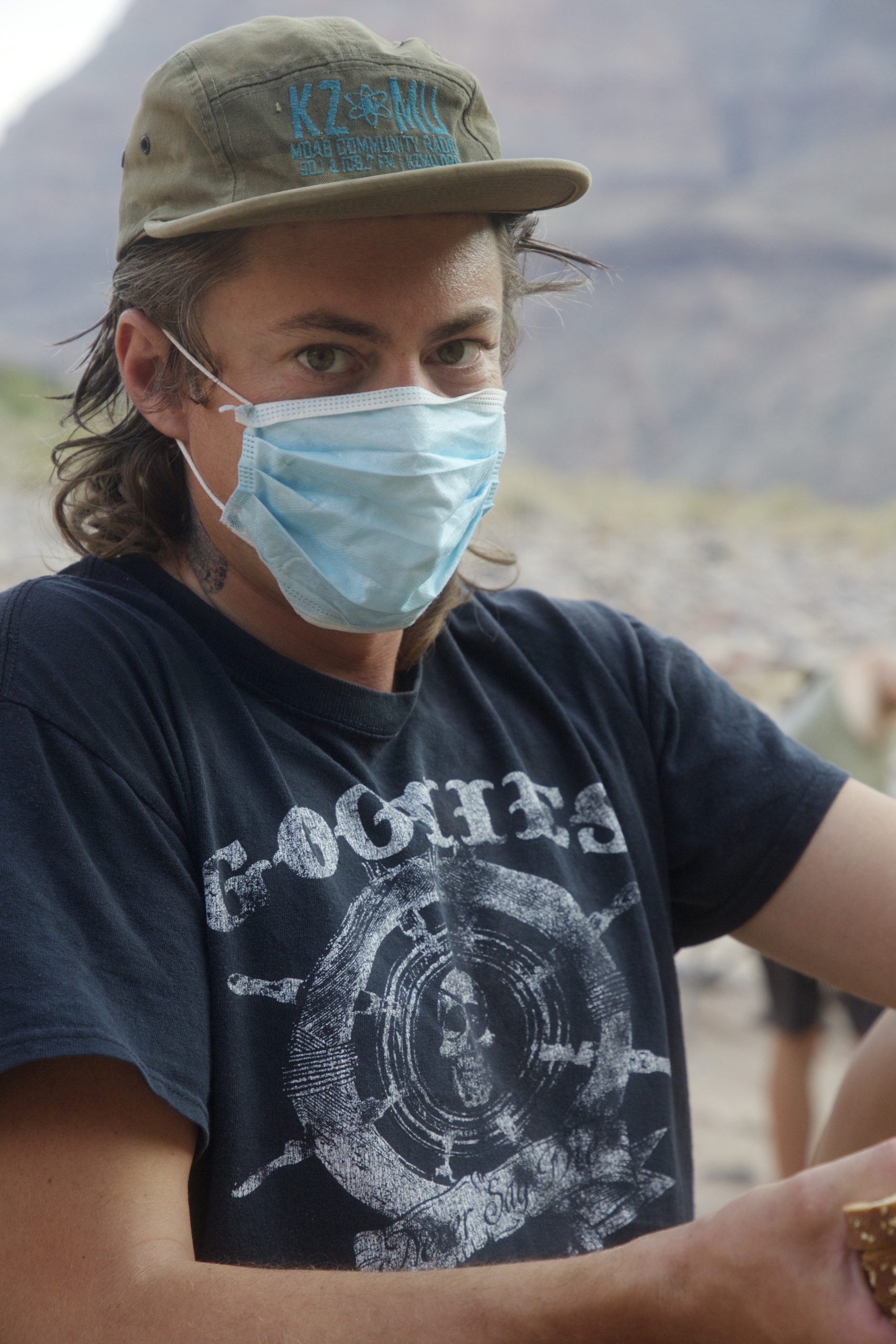Some information may be outdated.
One thing can re-balance and save America. That thing is a labor movement. But what does that mean?
It’s easier to lament problems than identify ways forward. It’s easier to suggest what we “should” do than to demonstrate what we can do. Especially when we are – let’s face it – a politically unrepresented working-class unaccustomed to confronting or exercising power.
Great changes happen, and silent populations storm history’s stages not because anyone suggests it. Rather, life propels action. Leaders and participants rise from slumber, cynicism and apathy because passivity amid escalating threats eventually becomes intolerable.
I, for one, am tired of seeing people I know suffer.
By the mid-1800s, democratic revolutions’ failure to address capitalism’s persisting inequities inspired many in industrializing societies to seek solutions through combined action. Radicals like Helen Keller, Eugene Debs and Bill Haywood as well as moderates like Francis Perkins, Sam Gompers and John L. Lewis understood working peoples’ movements. Building organizations and industrial and political power was about more than just ameliorating a few specific injustices.
Yes, labor movements won us the weekend, eight-hour workday, overtime pay, healthcare, pensions, free public schools, child labor’s abolition, the Family and Medical Leave Act of 1993 and much more. But perhaps even more important – and more enduring – than the economic victories have been their associated social transformations.
By the mid-1930s, men and women who were formerly mocked and excluded for their accents, nationalities or race testified before Congress, introduced bills in state legislatures and broadened economic decision-making to include workers’ concerns. Ethnic groups long divided by prejudice worked together for common goals. Where once the KKK ran local government, communities found new leadership. By mid-century, a profound de-polarization of wealth produced the middle class of yore we hear so much about today. Yet, it must be remembered, our power’s organization came first.
“Labor history” is the history of most of us. Working people fought for centuries before they had recognized rights.
This happened here in Utah, too.
In 1897, Samuel King’s employees building Scenic Byway U-128, locally known as River Road, struck because it was Christmas and they hadn’t been paid or fed. In 1915, the builders of Dewey Bridge spoke with the Industrial Workers of the World and their managers about whether they’d rather observe the 8-hour day or work faster to get the bridge done before colder weather set in. In 1918, sheep shearers at Thompson Springs and Cisco struck for and won higher wages. In 1922, union railroad employees shut down Grand County’s largest employer over compensation.
Anything can be negotiated, if you really want it to be.
In 1917, Sego’s nonunion miners first struck against unsafe conditions. After a 1921 fatality, one hundred workers were fired after demanding their superintendent’s resignation. A decade later, their replacements organized again. From 1933 until the camp closed in the 1950s, United Mine Workers of America Local 6597 improved safety, wages, seniority, pensions and health care. Regionally, nonunion potash and uranium miners’ high wages imitate union standards to this day.
If you’ve never heard about these local struggles before, you might ask yourself exactly what kind of a worker and what kind of a citizen the educational system intended for you to be.
Human beings’ penchant for solidarity is a fact. It can be ignored in official histories. It can be attacked with propaganda promoting hate and fear over compassion and community, but it cannot be prevented or erased. We are empathetic, social, and loving creatures. We stand up for each other.
America is a ghost of its former self. Voters of both parties resent declining living and working conditions, antiquated political institutions, gerontocratic politicians, and “the 1%.” Labor movements have suffered also. Shackled within bureaucracies, courts and the most restrictive, hostile and lethargic negotiating frameworks of any western democracy: “Joining a union” sounds impossible. And yet, opinion polls show 48% of American workers would vote to join a union if they could.
What will the labor movement of the future look like? Will it revive, under changed conditions, within long-dormant organizations? Or will shop-floor struggles generate new organizations, strategies and leaders?
COVID-19 upended the world. Labor shortages decrease employers’ willingness to fire their workers, and a health and safety crisis raises serious questions about work processes and compensation. It seems unlikely that we will silently endure current levels of mismanagement, exploitation and plague indefinitely without eventually discovering our voice.
We can (with iPhones!) document what’s wrong in our workplaces and shame decision-makers who allow injustice to persist. We can learn our history and unlock our imaginations. We can develop leadership, organization and communication skills. We can try. Sure, we might fail. Society’s failing already. What have we got to lose?
Christian Wright is a historian, boatman, filmmaker, KZMU DJ, and a former park ranger who has lived in Moab since 2010. His first book, “Carbon County USA,” chronicles the rise, reform, and decline of the United Mine Workers union in Utah.
Appreciate the coverage? Help keep local news alive.
Chip in to support the Moab Sun News.



